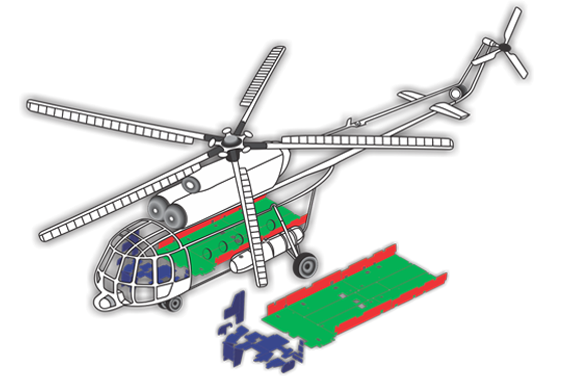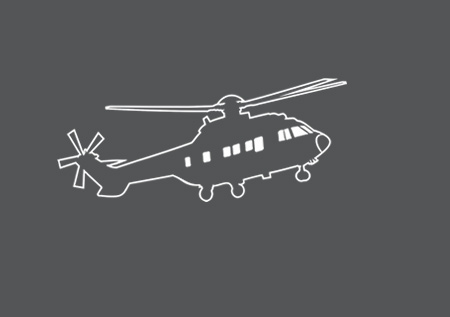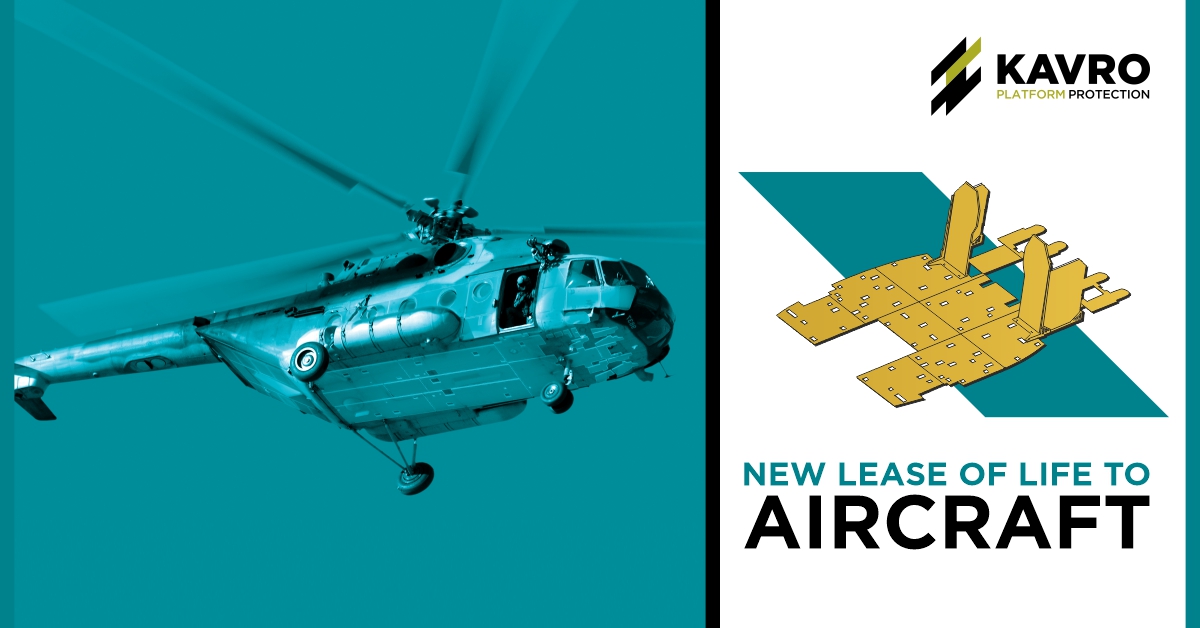In today’s combat scenario, aircraft and helicopters have become increasingly important to carry out military operations. They are not only employed for combat and anti-terrorist activities but also to transport supplies to remote military outposts.
However, being mighty machines, they are not free of coming upon a broad array of dangers. They are in fact very much prone to terminal attacks through armed fire from militants or enemy forces. It is usually parts such as the belly of the helicopter or aircraft, the cockpit, and the engine that are most susceptible to attacks.
Without the necessary protection, they can become flying deathtraps. Therefore, aircraft armoring solutions have been crucially important to decrease the susceptibility of fixed-wing and rotary aircraft and their crew. However, armouring an aircraft or a helicopter is not a simple process. It is equally important to be mindful to have these solutions incorporated in such a way that they are not a hindrance to aircraft performance. However, armors that can fight large-caliber anti-aircraft fire or armor-piercing ammunitions typically come along with a great weight penalty, which affects the performance and load-carrying capacity of the aircraft, among other things.
Traditionally, steel armoring used to be the first choice of aircraft Armouring. But it came with the cost of compromising on load-carrying capability due to the increased weight of the aircraft. Later on, the usage of titanium armour plates in aircraft balanced the equation by providing necessary structural strength and protection with its lightweight characteristic. But it skewed the economies of scale as it was a very expensive element and incorporating titanium into an aircraft becomes a costly proposition. Therefore, handling additional weight becomes a critical factor while designing armor solutions for aircraft.












